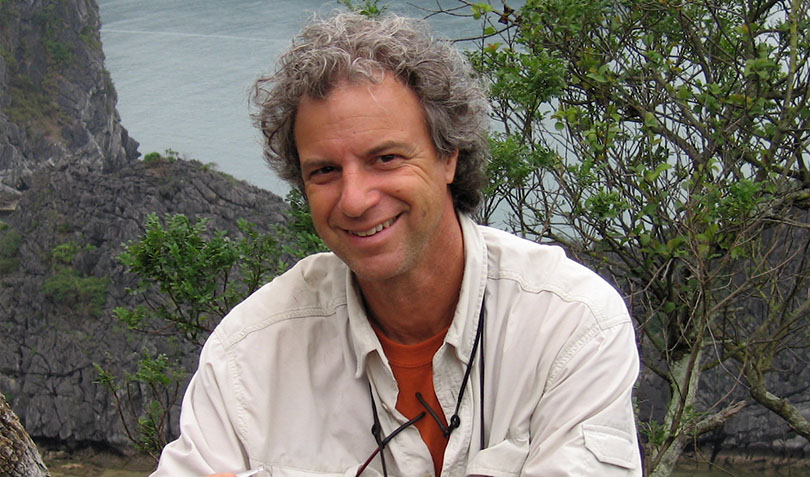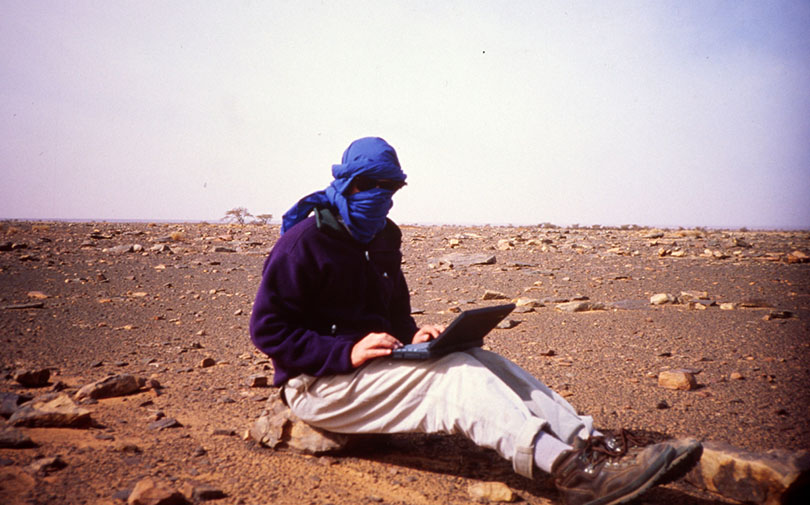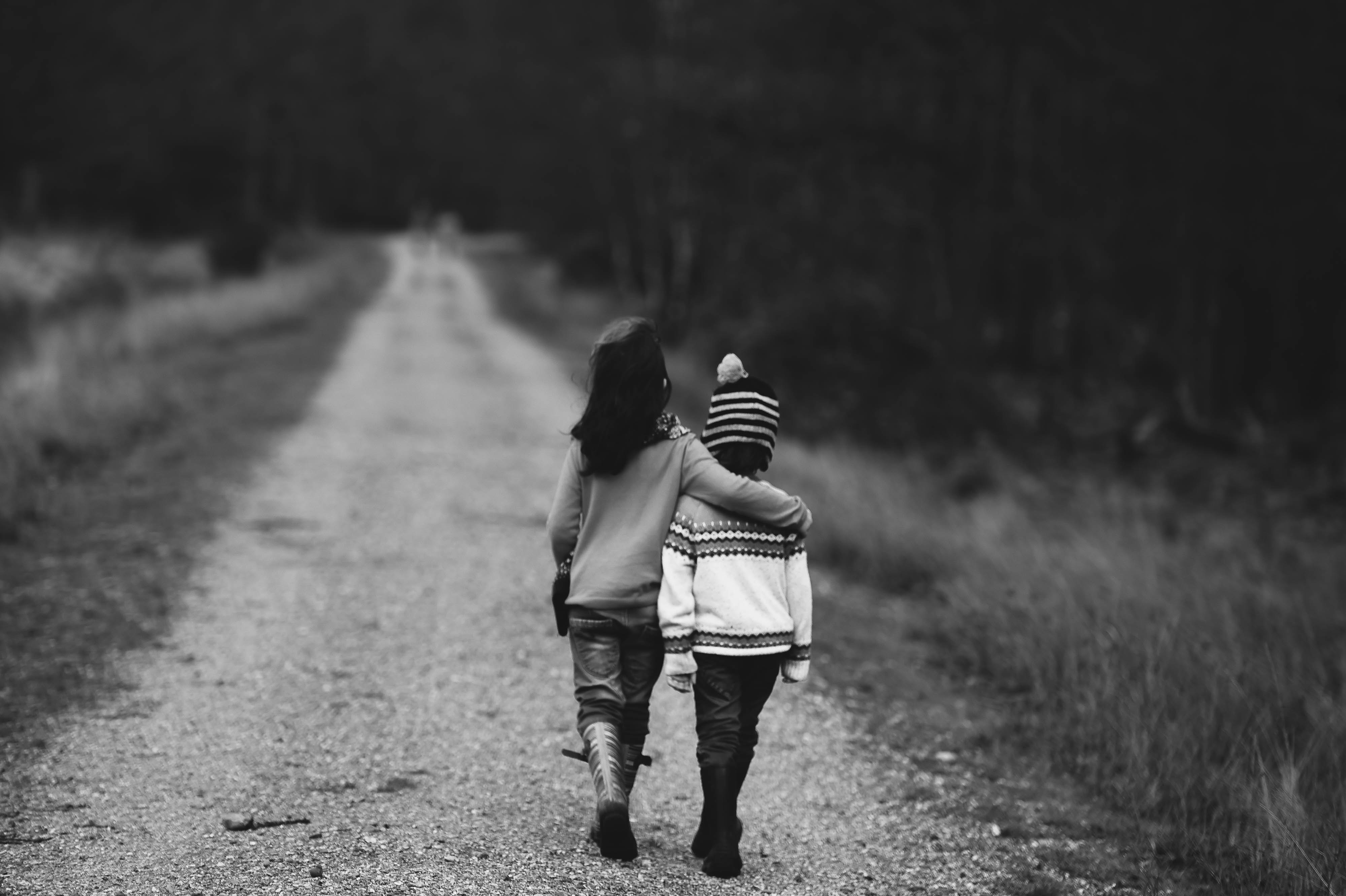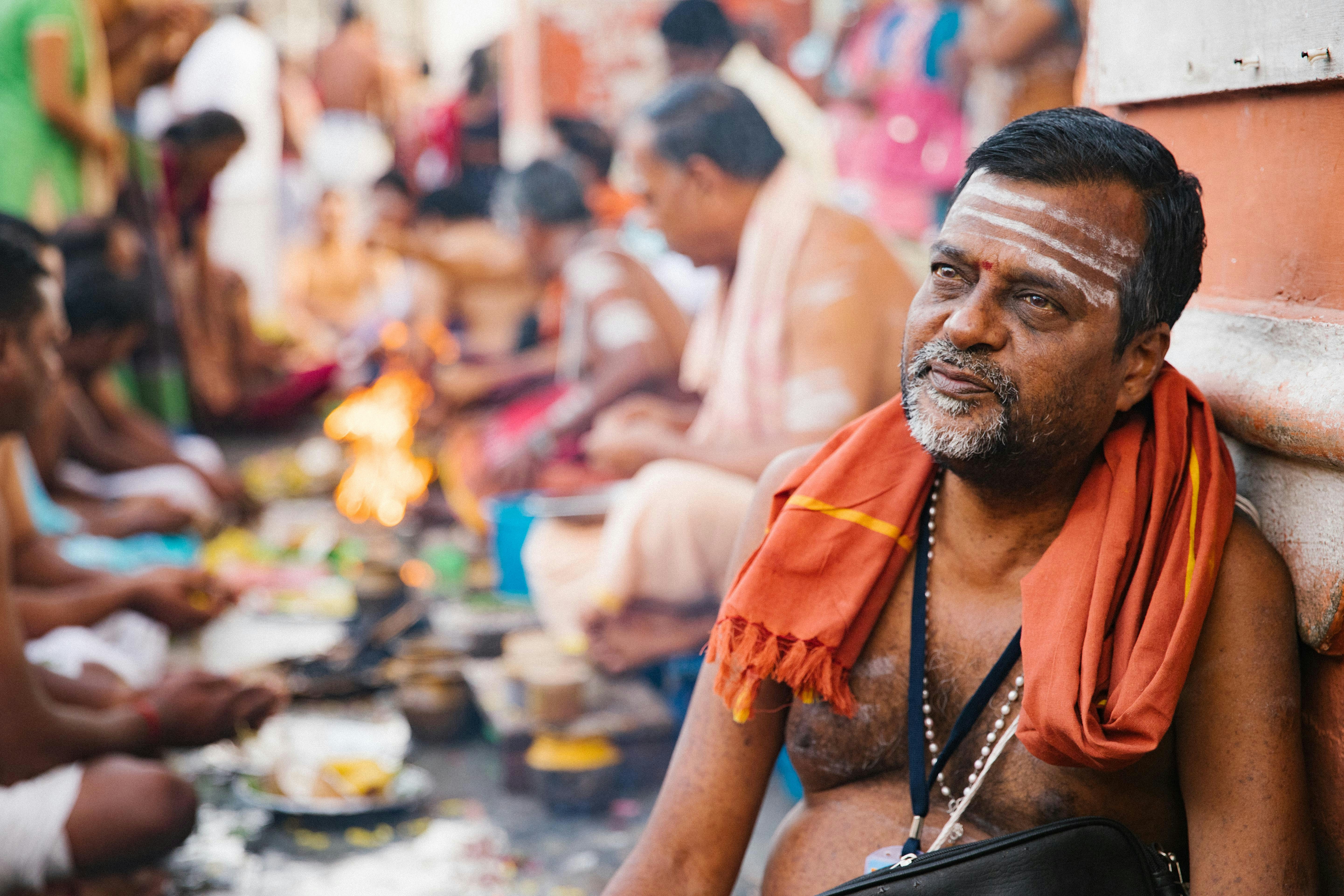
Wikimedia Commons
Anyone who can do a monologue entitled “Strange Travel Suggestions” for years has seen a lot of the world. Jeff Greenwald is that traveler.
He has done some pretty amazing things in his travels: creating the world’s first travel blog (1994), crossing oceans on a container ship, rescuing a snow leopard cub in Tibet. He first came to Nepal in 1979, and has been hooked ever since. He has written extensively about Nepal in Mister Raja’s Neighborhood: Letters from Nepal, Shopping for Buddhas, and Snake Lake.
Kapil Bisht asked the seasoned travel writer about his love for travel, his favorite destinations and the things that keep him at home.
How did you get started on traveling?
I took my very first (and very short) trip to Europe right out of high school. That was three weeks. But my first real journey—an accidental nine-month odyssey around the world—began in 1979. I was working as a visual artist in Europe, and met a young woman doctor who was on her way to study Ayurvedic medicine in Nepal. I eventually joined her in Kathmandu (on a ticket that first took me to Cairo and Bombay), and fell in love with the country. From there I continued on to Thailand, then home to California.
How did you get started writing?
Writing has always been a central part of my life. One of my earliest memories is of winning a local writing contest for kids—when I was eight! Then, when I was 15, I met the great science fiction writer Arthur C. Clarke, and he encouraged me to pursue the craft.
You once said that “Airports are the great, bland equalizers of civilization; arriving in every new country, from Turkey to Thailand, felt exactly the same.” So what is your preferred means of transportation? What does it provide that air travel cannot?
Nothing compares to approaching a new continent by sea, and smelling the place before you can even see it. You get a sense that you’ve earned the right to be there, having gotten there the long way—as all the early explorers did. I wrote about this feeling in my 1995 book, The Size of the World: how amazing it was to arrive in Senegal, Africa, on a container ship.
For a country like Nepal, of course, this wouldn’t work! It’s wonderful (but a bit bone-jarring) to come to Nepal by land, but these days I love approaching the Valley by air, and being able to see the mountains as we land.
What kind of places are you drawn to as a traveler and writer?
I love visiting places where there’s art, ritual and music—preferably right out on the streets—and where people have a strong political awareness as well as a sense of humour. Many Nepalis are very well-read, but also have a wonderful, sometimes dark sense of humour that always makes me feel at home. That’s one of the reasons I was so drawn to Nepal, and why I’ve grown to love Cuba.
You described Nepal in 1990 as a “country poised hopefully and uncertainly on the cusp of major changes—changes that will conceivably alter all our preconceptions.” Do you think the changes that have happened since 1990 have lived up to the expectations of those days?
Well, there have been changes, all right. But I have to say (and I know many Nepalis agree) that the 1990 Jana Andolan did not bear the kind of fruit we all hoped. There have been some real improvements, like increased freedom of the press and – at least on paper – greater rights for women and groups like the Dalits. But there’s no doubt that corruption and infighting are major forces in Nepal right now, to the cost of the country’s people. The great unifying symbol that King Birendra provided has been lost, and it’s hard to see what will replace it.
In describing Cuba’s potential in one of your blog posts, you have mentioned the “naivete and childish dependency of the Nepalese.” Can you elaborate on this impression of Nepal?
Centuries of top-down management and development aid created what the great Nepali journalist and firebrand Mahesh Regmi (along with others) called a culture of dependency in Nepal.
It’s been well articulated in books like Kunda Dixit’s Bikash-Binash, the columns of the late Barbara Adams and many others. The notion that outside forces—including cunning, self-interested parties like China and India—will step in to kindly solve Nepal’s problems has misled, disappointed and oppressed generations of Nepalis.

This picture from Jeff’s around-the-world trip was taken on his birthday in 1994.
Interestingly, I found that the earthquakes of 2015 began to overturn this bad habit. Many Nepalis, from the middle hills to the Khumbu, took the incentive and began rebuilding their lives without the help of the bickering, ineffectual central government.
You have often called Nepal your second home. What do you like most about this country?
Yes. From the first day I arrived, in the monsoon of 1979, I felt I had come home. Some reasons are obvious: the magnificent architecture, the geography, the generosity of the villagers, the beauty of the people. The almost tangible current of devotion among the Hindu, Buddhist and Vajrayana traditions. The wisdom of the elders, and the activism of the younger generation. Drums and harmoniums on the Chhetrapati bandstand at night, and the fusion bands at Jazzmandu.
I’m still captivated by the endlessly fascinating rituals and stories, which I tried to capture in books like Mister Raja’s Neighborhood, Shopping for Buddhas and Snake Lake. But especially—for me—there’s the fact that every day brings a new, unexpected discovery. I’m endlessly grateful for having stumbled upon one of the most complex, profound and beautiful cultures in the world.
What are the things that irk you most about Nepal?
The widespread notion that a family or clan’s responsibility for their community stops at their front gate. There’s a phrase for it: “the tragedy of the commons.” It means a situation where people exploit shared community resources—like waterways and forests, open spaces and even the air—for their self-interest. Often, it seems like anyone with any power in Nepal is in for themselves.

This photo taken in 1979 eventually became the cover of Jeff’s book Mister Raja’s Neighborhood.
There are nearly a million vehicles on the roads, and sewage is pumped into the rivers. People throw garbage over their walls. Public spaces are sold to the highest bidder, then horribly developed or plastered with awful billboards. The only way for Nepal to survive is for all its ethnic groups—from the Tharu to the Sherpas—to unite with shared goals: Celebrating Nepal’s diversity, providing basic rights and necessities for all, and conserving the country’s natural and cultural resources.
When we think travel writer, we envision constant movement. What plays the role of an anchor in your life?
I’m very fond of my community of friends (and godchildren!) in Oakland, California, and I’ll never abandon this place. But on a more abstract level, I’d say my anchor is my writing. As long as I have a journal with me (and I often use an AlphaSmart NEO as my journal) I feel grounded.
Your favorite travel books?
I read very few actual travel books, though I read quite a few non-fiction books (and some novels) set in exotic locales. Lately I’ve devoured Mary Roach’s Grunt, Jon Mooallem’s Wild Ones, Wendy Simmons’ My Holiday in North Korea, Jenny Williams’ soon-to-be-released novel The Atlas of Forgotten Places, and the wonderful Atlas Obscura. I read a lot of contemporary science fiction, as well.
Your favourite book on Nepal?
There are so many. But my favorites are probably the classic Nepali Aama by Broughton Coburn, Rhythms of a Himalayan Village by Hugh Downs Jr., and the more contemporary works of Manjushree Thapa and Samrat Upadhyay as well as the poet Yuyutsu Sharma.
If you were to recommend only one book of yours, which one would it be and why?
My most popular book is Shopping for Buddhas, and that’s always a good place to start. But my personal favorite is The Size of the World, in which I circled the world without airplanes at the dawn of the Internet era, and created the world’s first travel blog (in January 1994). Sadly, that book is no longer in print. For Nepalis with a political interest, Snake Lake is set during the 1990 Jana Andolan and receives high marks from local readers.
What makes Nepal special as a travel destination?
I could say the mountains, the temples, the festivals, the culture, the artwork, even the food—but to tell you the truth, it all comes down to the people. The Nepali people are among the warmest, most generous, best-humored and engaging people in the world. My only wish is that somehow, someday, you elect the enlightened and unifying leadership you deserve.
***
Read also
I came here to make an impact, but Nepal made an impact on me: ‘Burning Man’ sculptor David Best
























